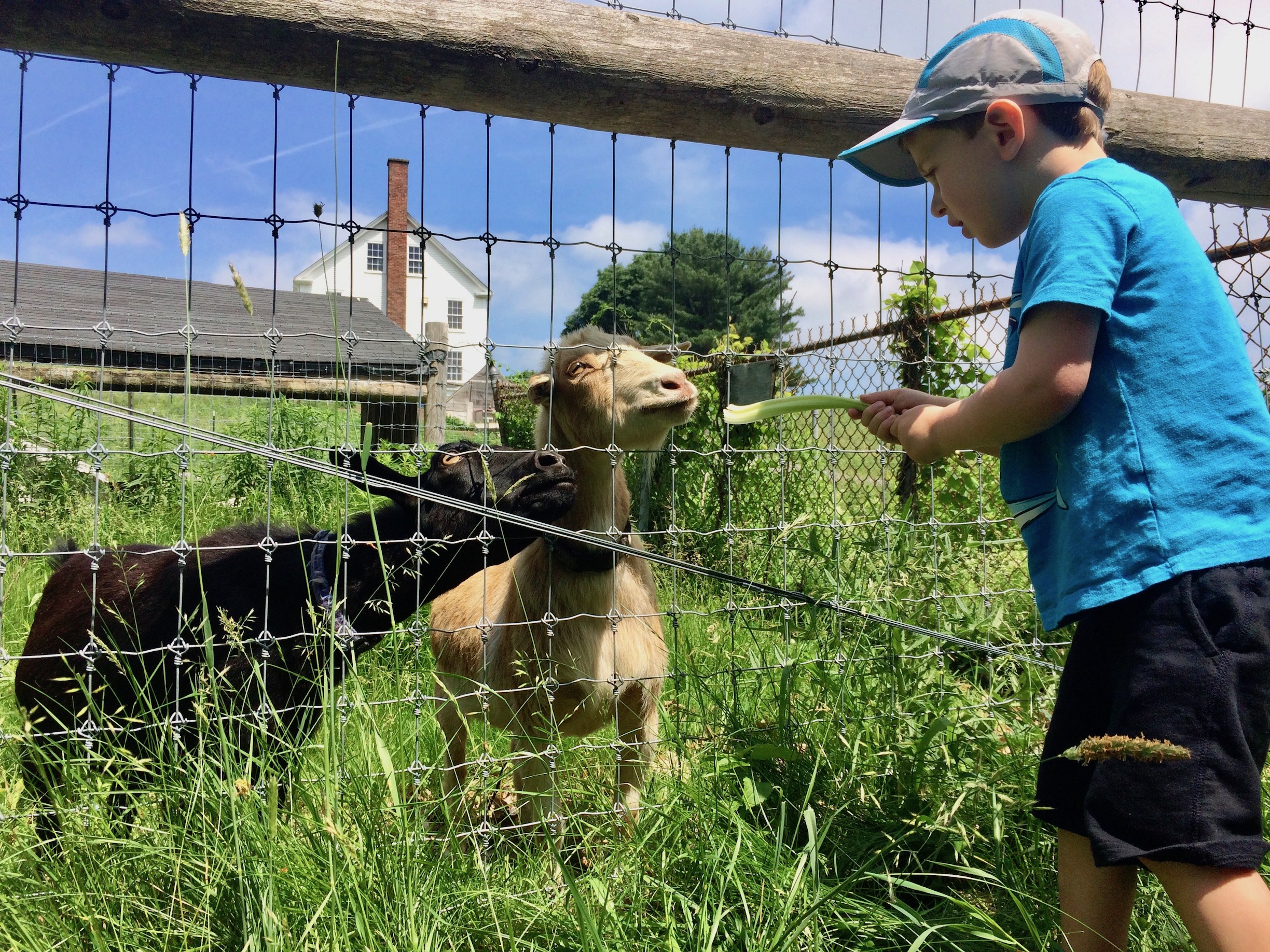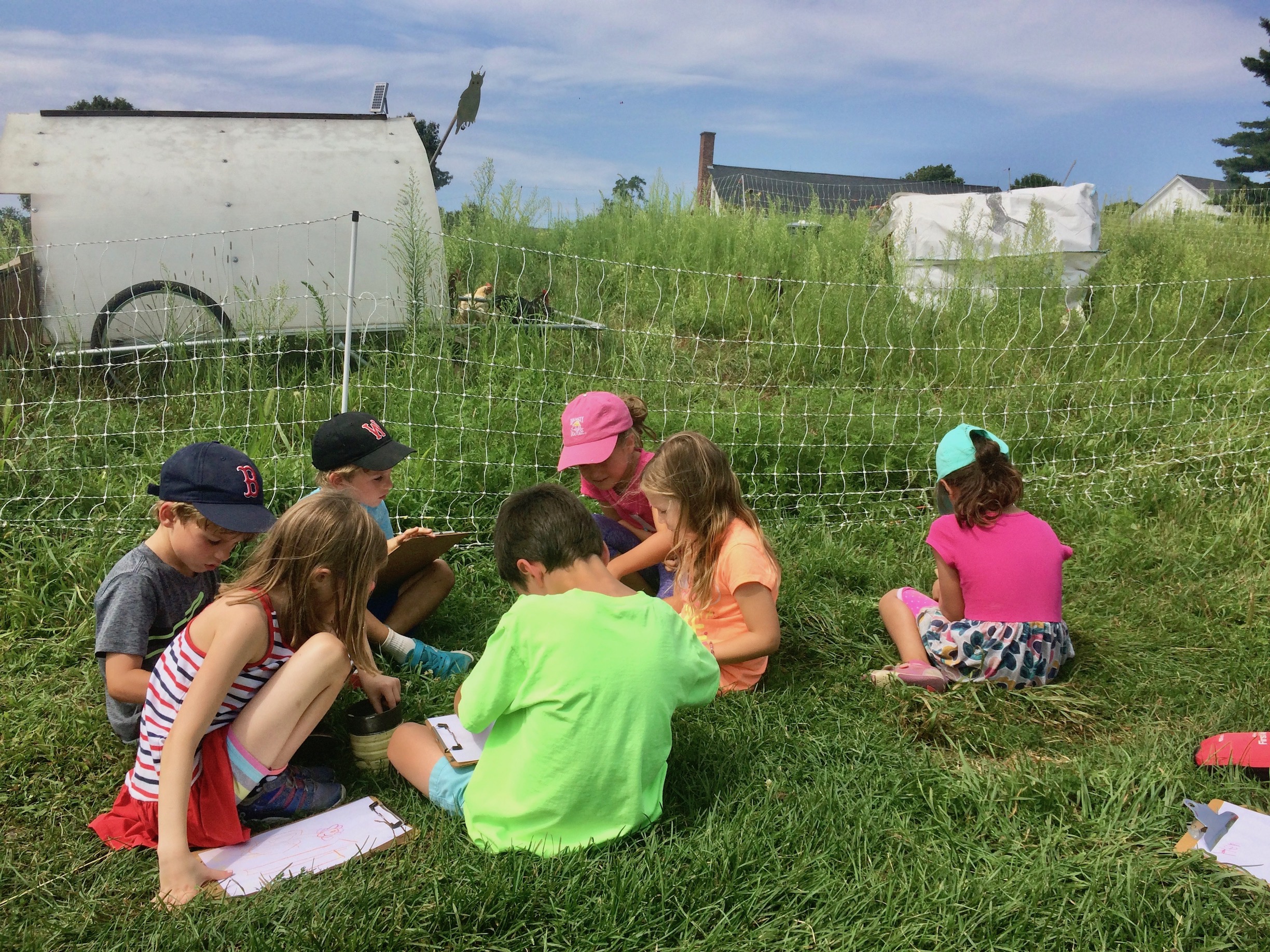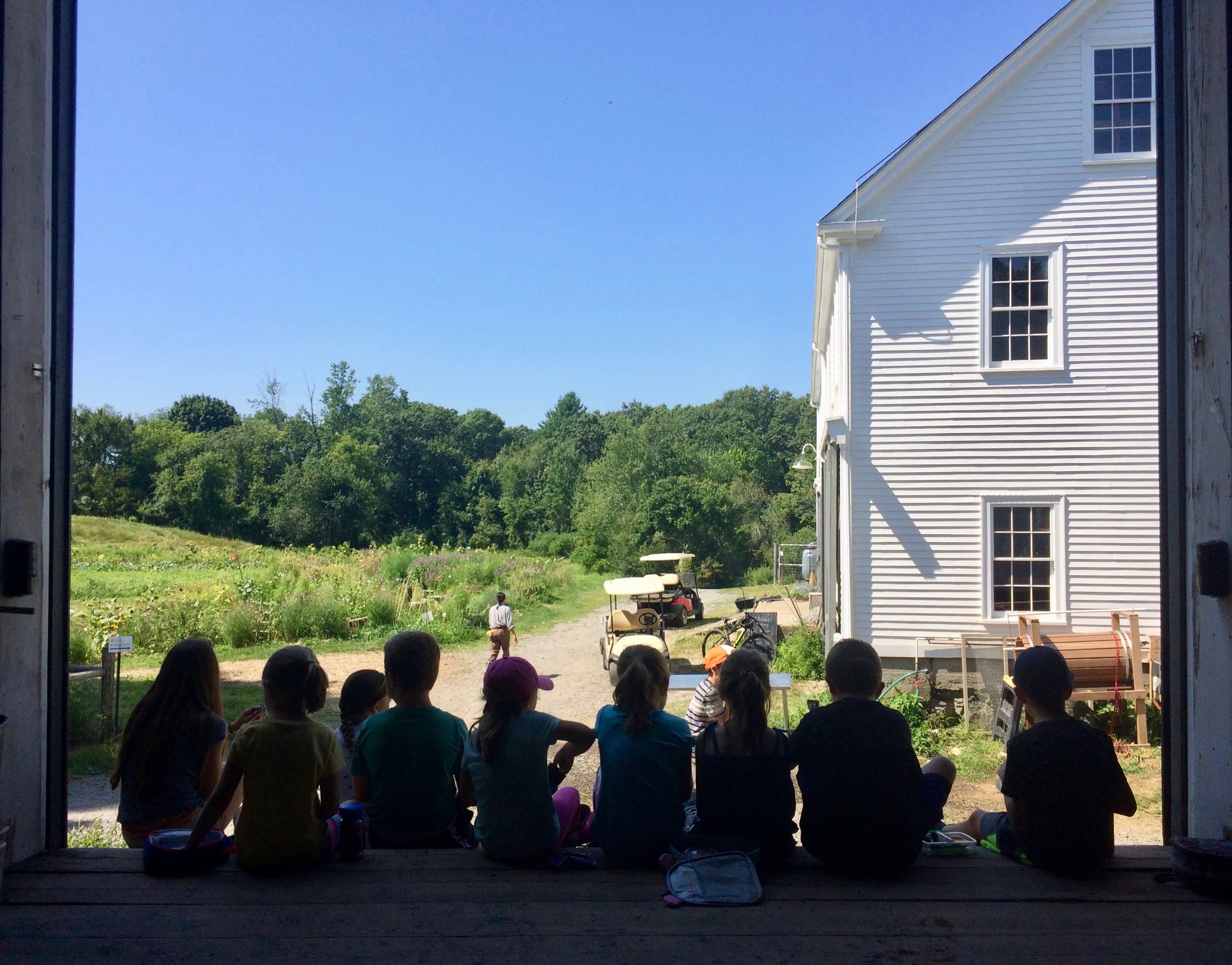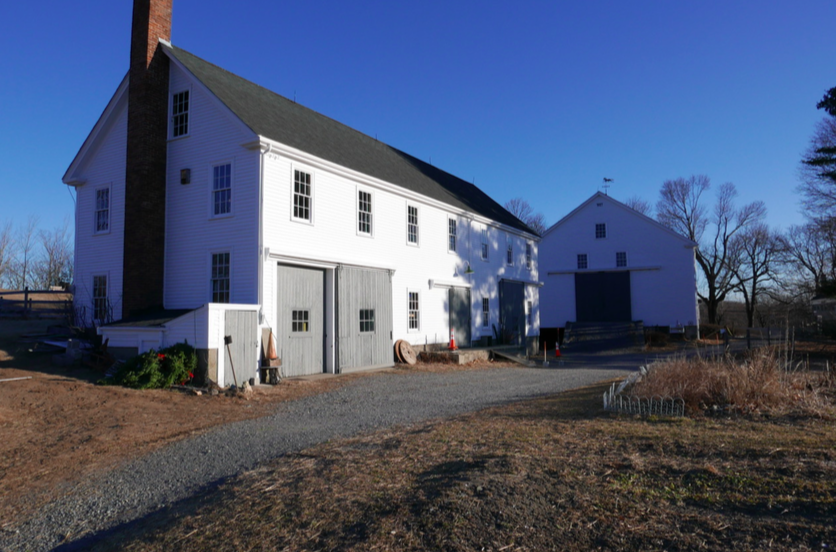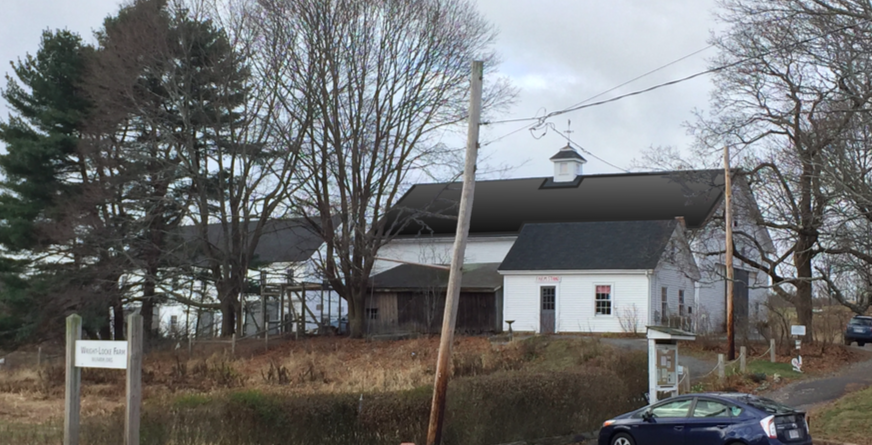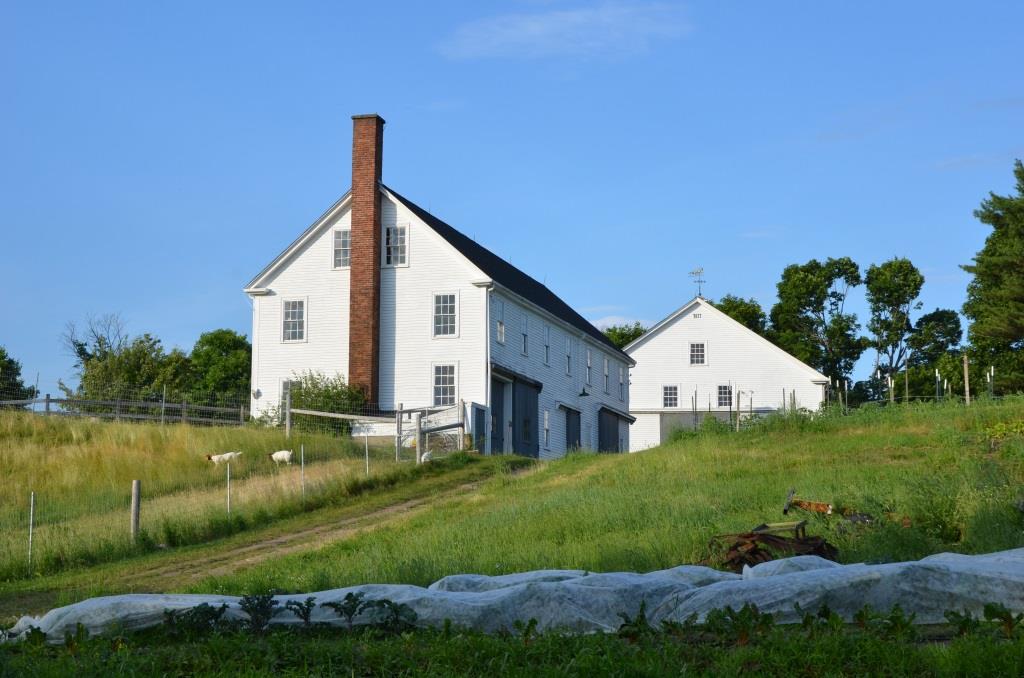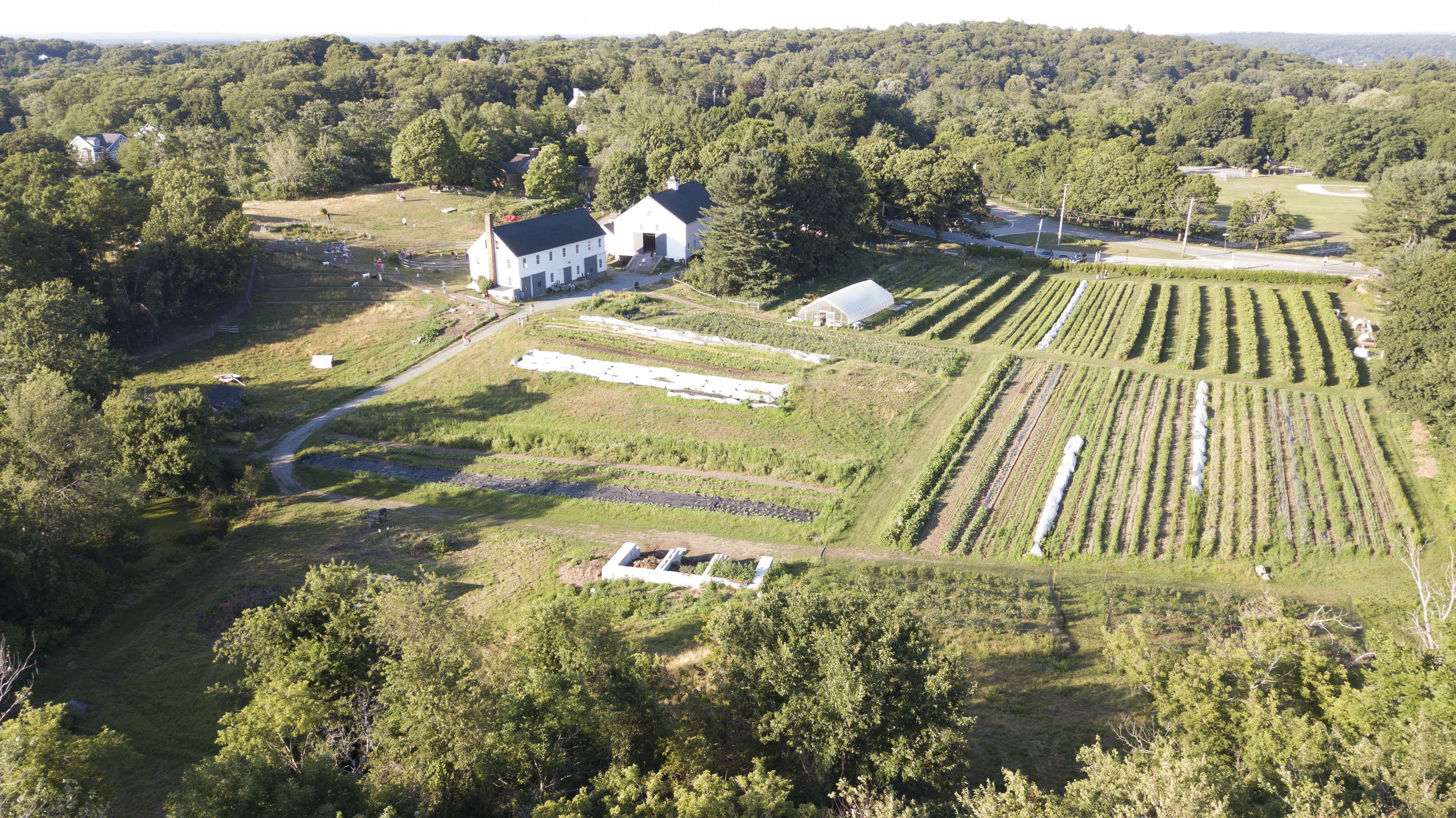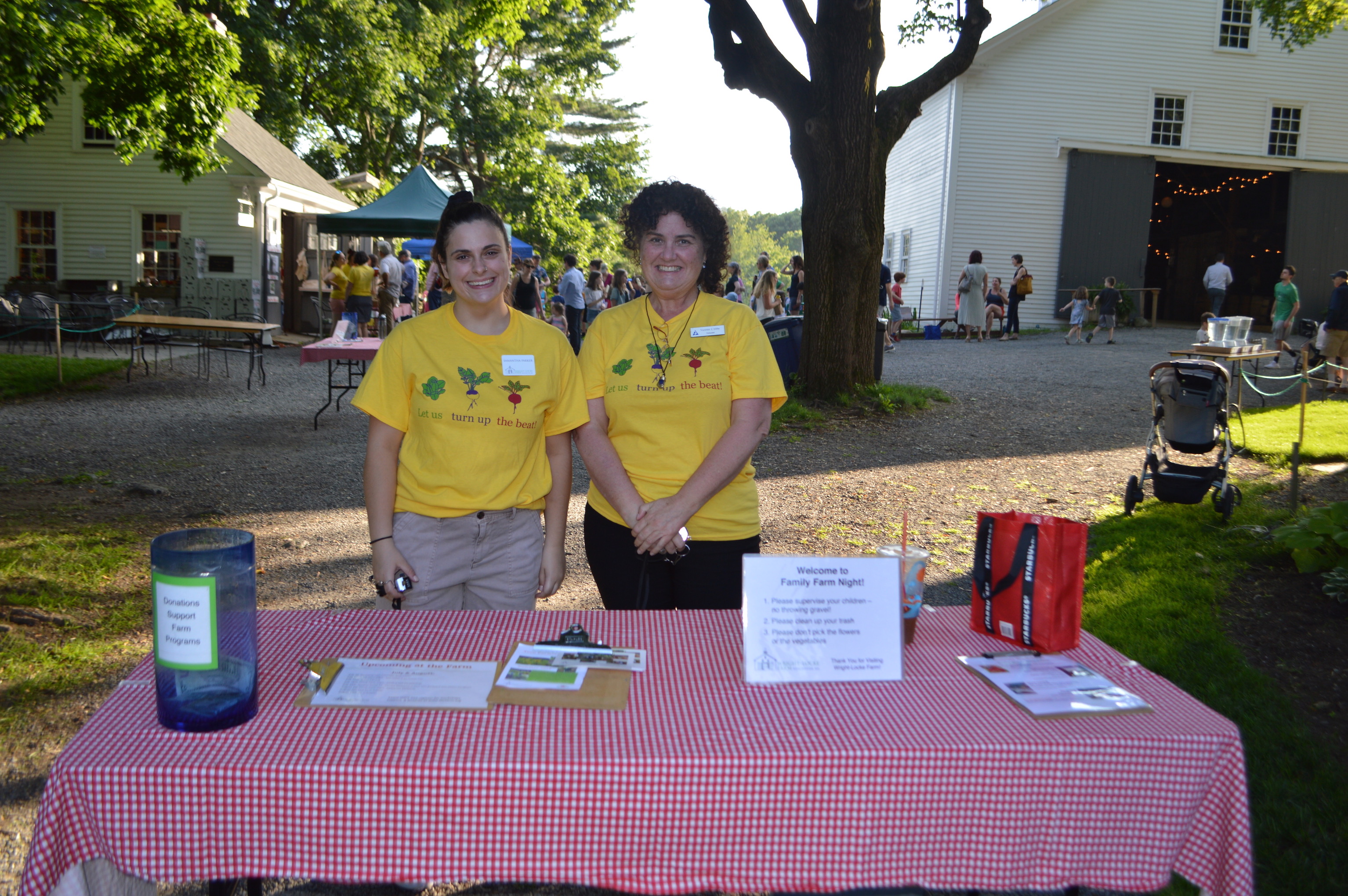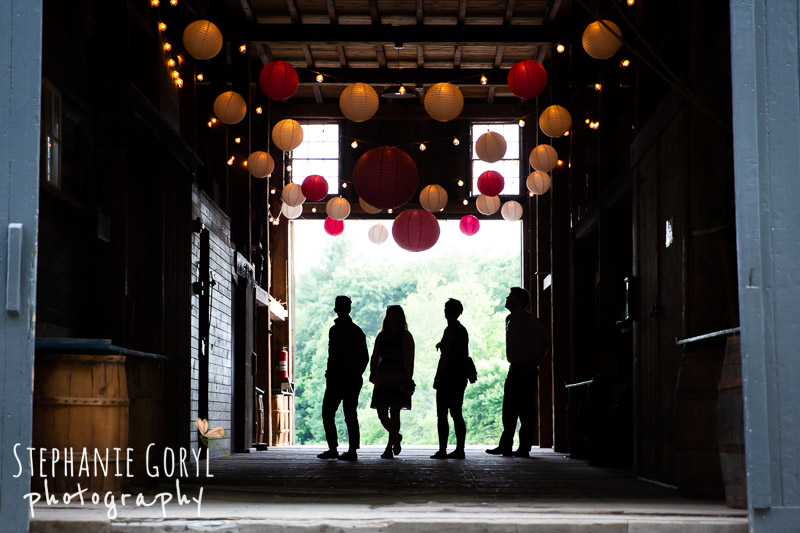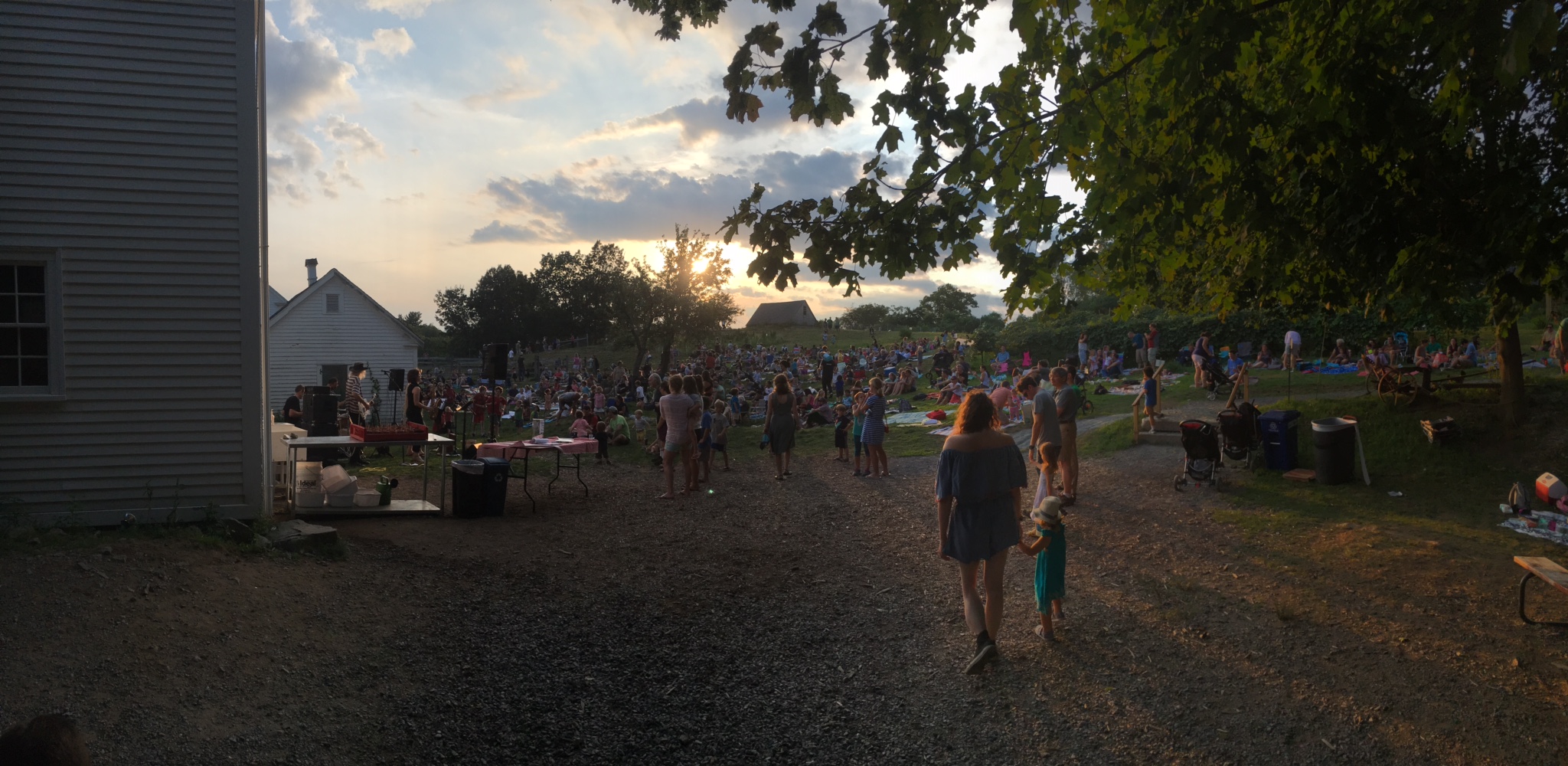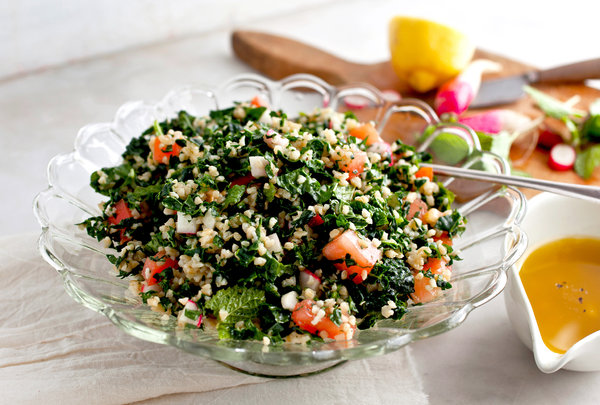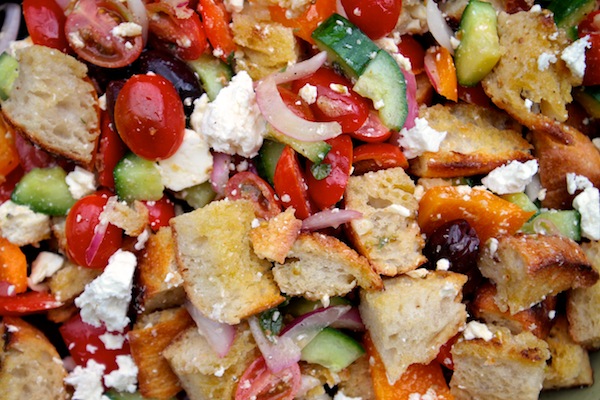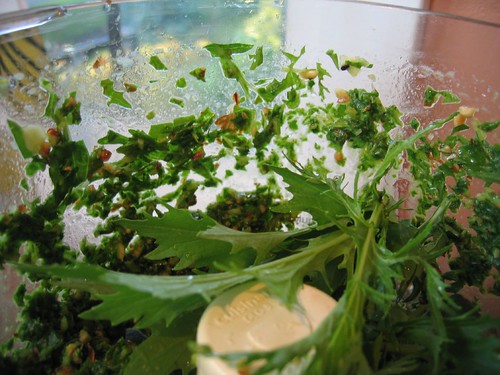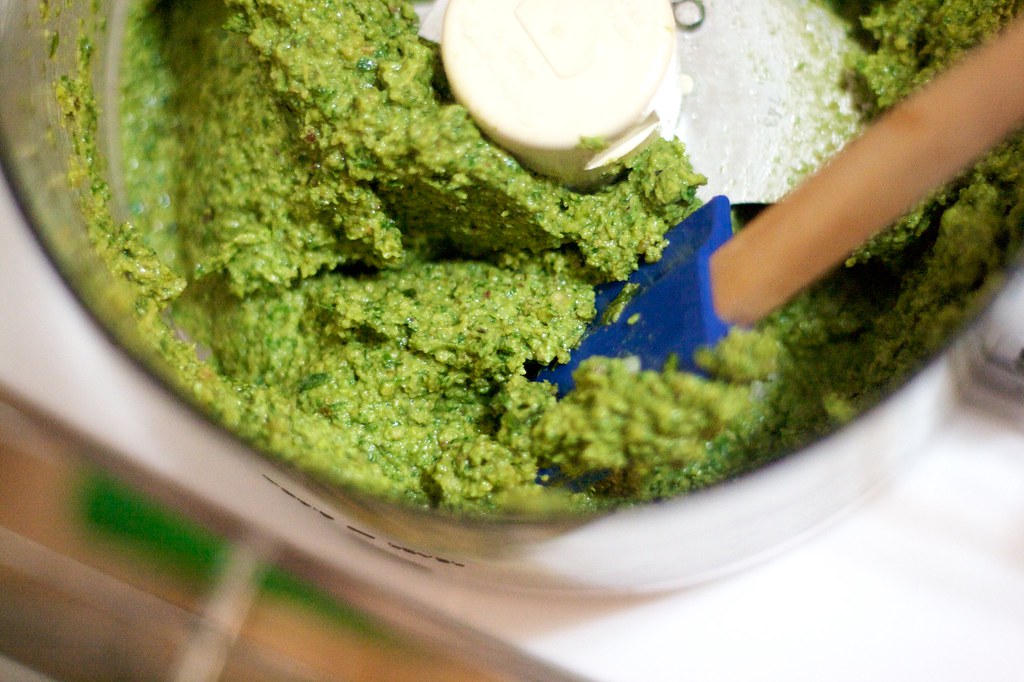By 2019 Field Assistant, Tori Dahl
Seven months can feel like an eternity or the blink of an eye. In the damp coldness of April, digging out raspberries, wearing ΓÇ£full kitΓÇ¥ rain gear, and cleaning to prepare for the season, it seemed that this season would flow like the prior. But soon enough, farmersΓÇÖ markets were off and running and the CSA took off and suddenly the rhythm of farm life became a comfortable, though fast flowing, pattern.
Weeks started off with hurried Tuesdays harvesting for the Lexington market and setting up with Diana. Tuesday afternoons were filled with volunteers and a variety of tasks: weeding, transplanting, scuffle (or hula) hoeing, and, frequently, goat walks. While my coworkers could surely tell you I was mostly annoyed with goats for much of the season, as I left the farm Saturday, I realized how caring for Twelvers, Sixteen, Rip(apotamous), Slim Shady, Turbo(nado), Will, and Rufus created excitement and variety within the routine of planting, weeding, and harvesting. And driving goats in a minivan is certainly a unique experience I never planned to have. Are the goats needy and spoiled? YES! Are they whiny escape artists? YES! But they also have strong personalities and a love of sweet things (just like me).
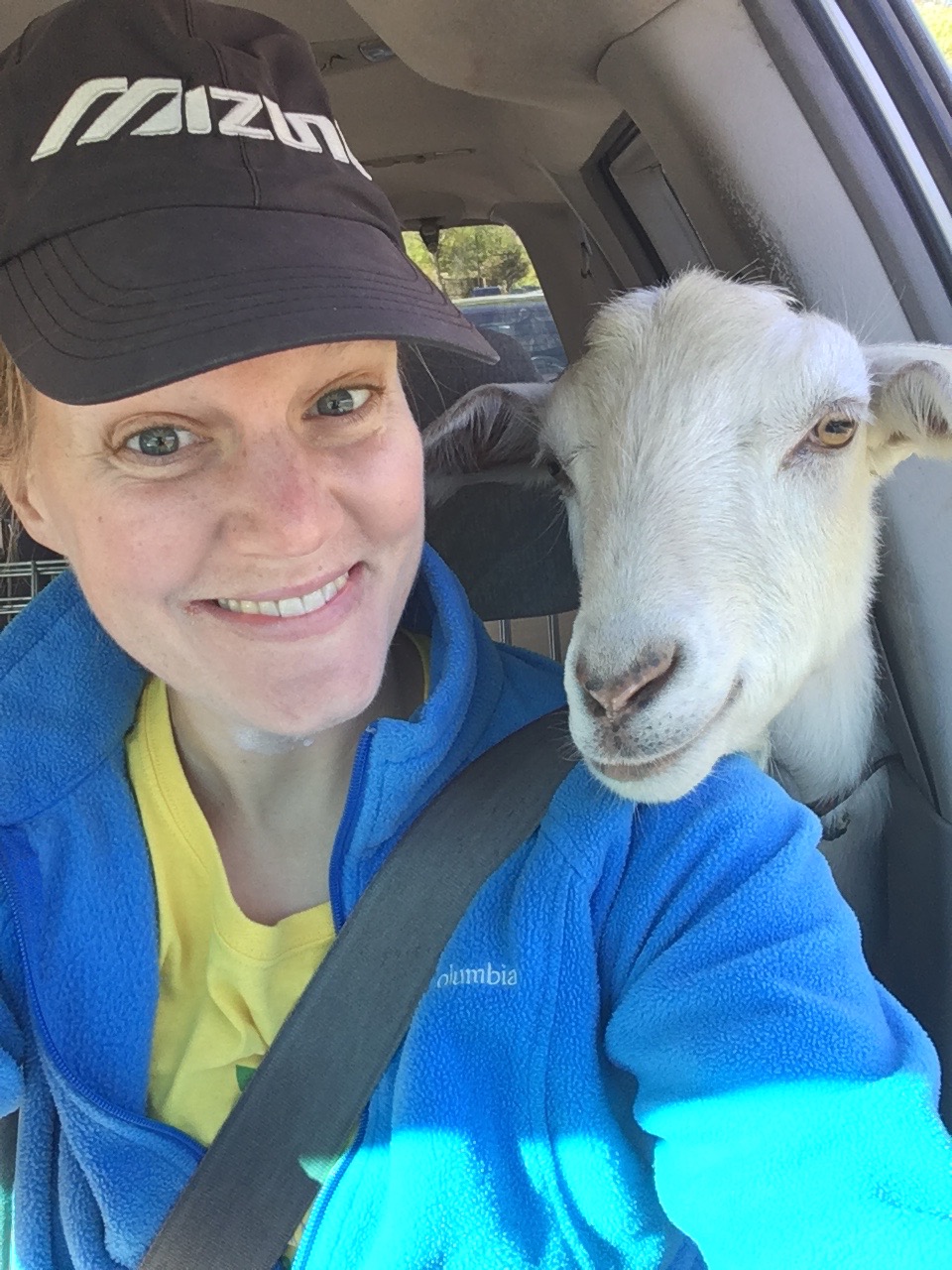
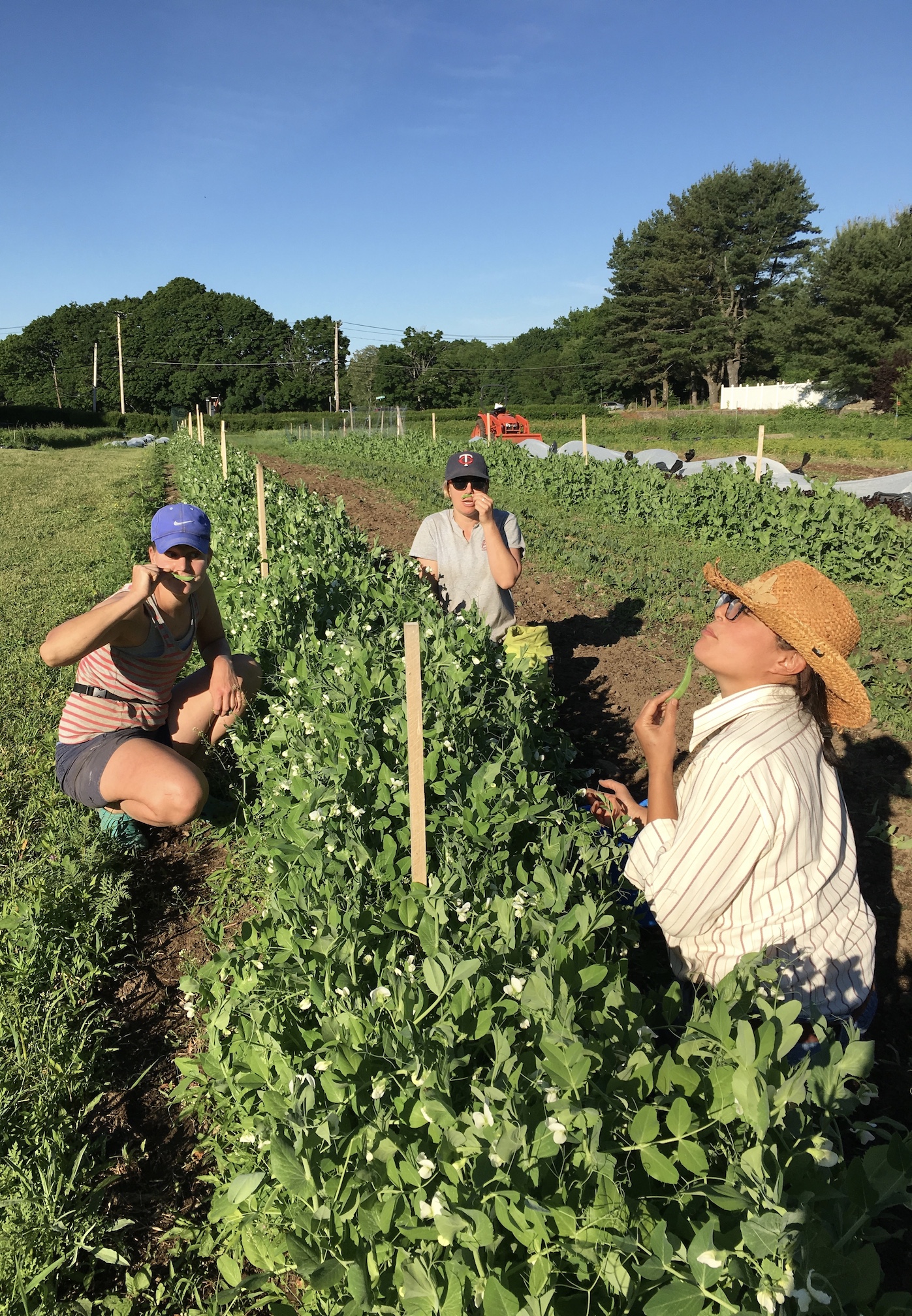
And so, without my realizing it, goat walks became a favorite part of the week: hunting for acorns to feed Twelvers (and the others); holding down tree branches so they could reach higher; even getting knocked over by 16 as I led them back to their paddock. While in the heat of summer we set up fences around the farm, knowing Will would escape and Rufus would likely follow (straight to the compost), on a goat walk, we were able to interact with the goats and each other. I learned that Rufus loves rose hips, Twelvers will eat anything you hand feed her, and they all love kale and collards.
Wednesdays were our catchall and catch-up days. I love weeding (no joke)! so I always enjoyed knowing IΓÇÖd get to spend a few hours with my hands in the dirt pulling out the weeds that never quit. Thursday and Friday were filled with harvesting for CSA and market respectively. And then Saturday I enjoyed spending all day meeting customers and selling our beautiful produce. This is our weekly routine which was punctuated with laughter and community.
Which leads me to another favorite aspect of Wright-Locke: how multi-faceted it is. Every day, community members wandered through enjoying the animals, the fields, and the forest. Most mornings the joyful sounds of children echoed across the farm from the education programs and camps. And evenings and weekends were crowded with private events, farm dinners, speaker series, and family farm nights. I never grew sick of hearing folks new to the farm exclaiming that they couldnΓÇÖt believe how beautiful the farm is and that they had never been here before, or known it was here, though theyΓÇÖd lived in the area for years.
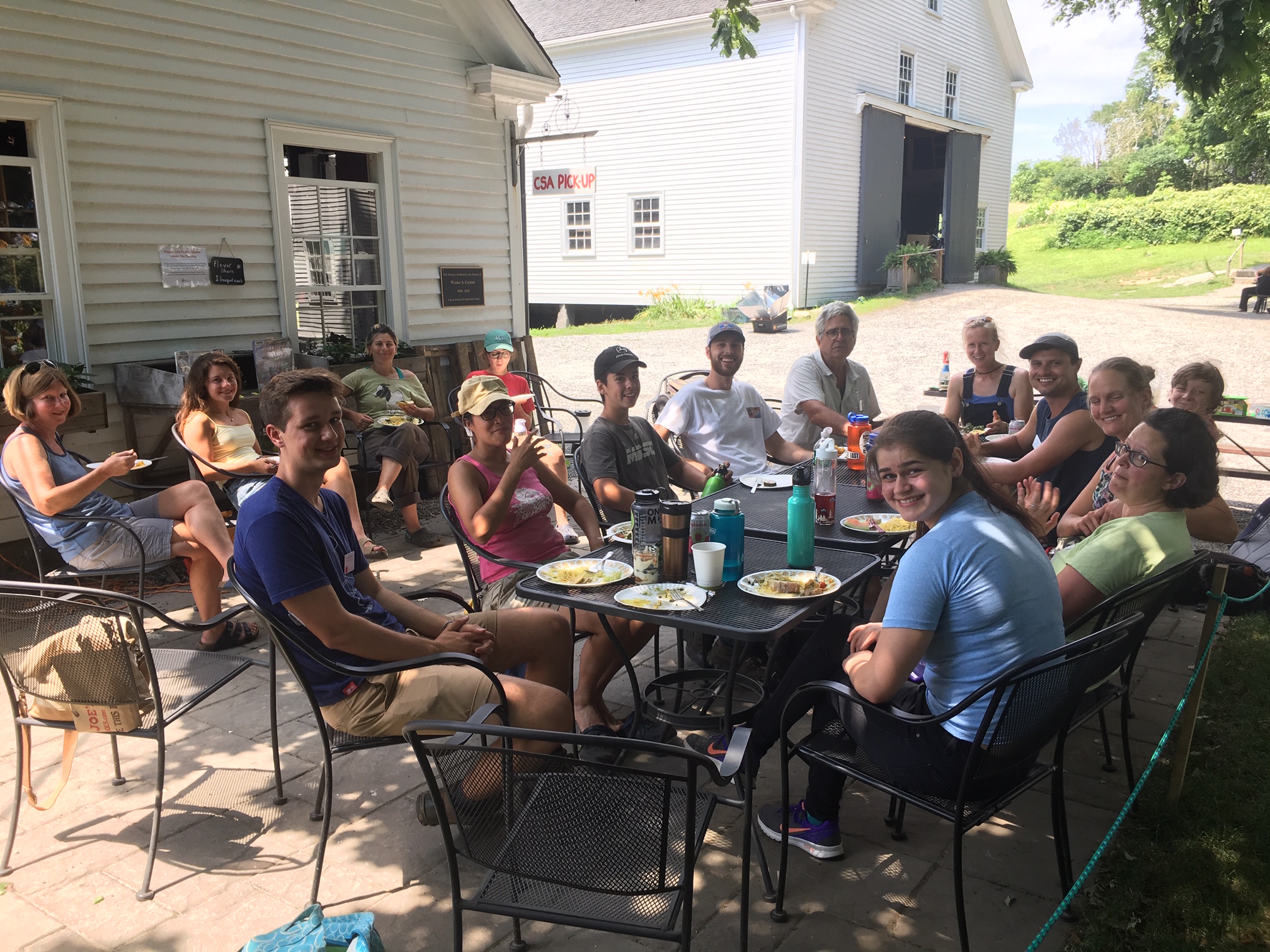
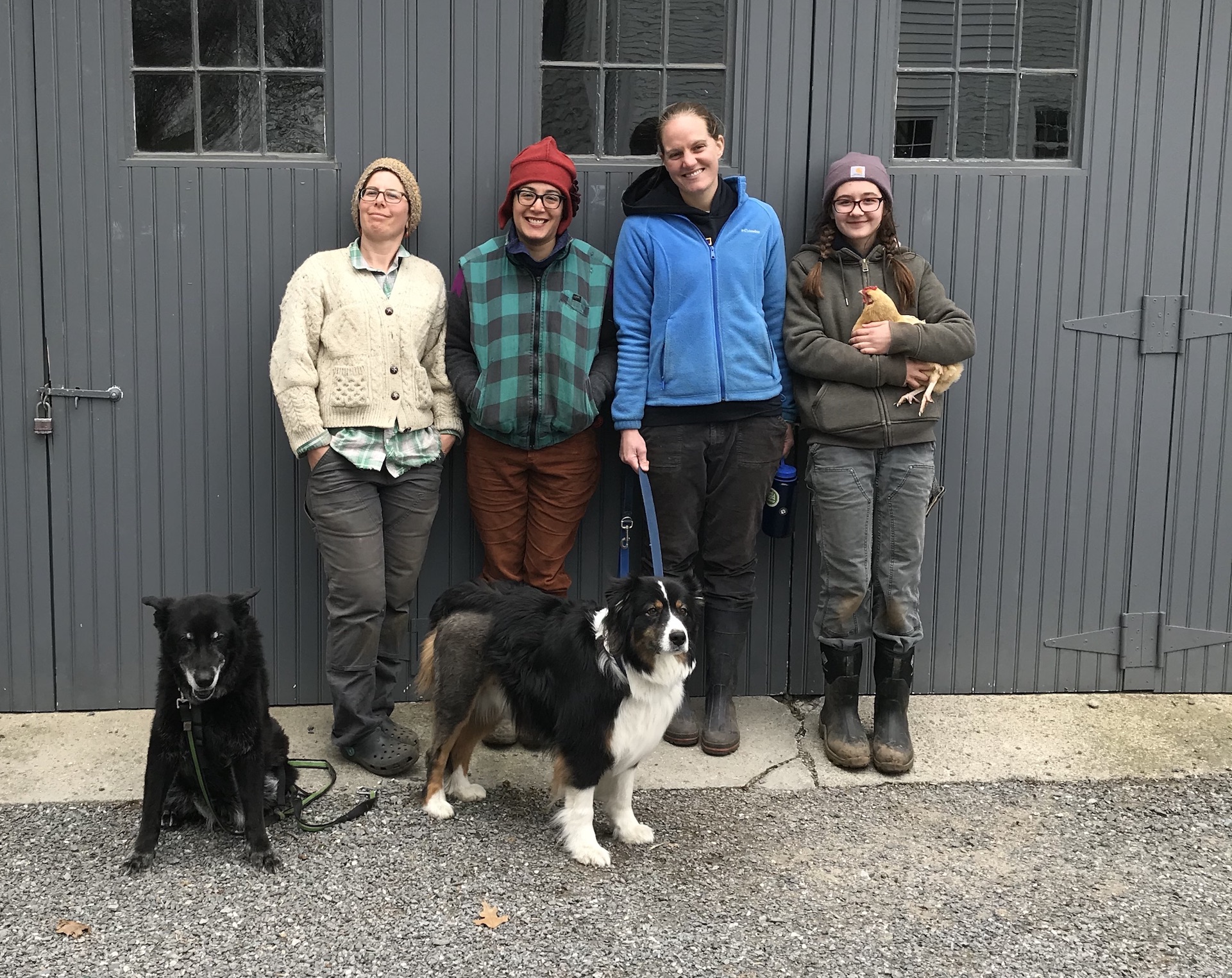

Having worked on farms for 5 years now, I can say that the absolute best part is creating vibrant relationships with fellow staff members. Starting with the mid-summer staff & volunteer potluck of randomly assigned vegetables (a few delicacies were lemon garlic pasta, kohlrabi curry, pumpkin chocolate chip cookies, cherry tomato caprese salad, scallion pancakes, tomato and onion pie, kale salad, eggplant with lime and thyme, and so many more) we continued to celebrate the bountiful harvest, good food, and community with birthday lunches, goodbye parties, and general celebratory potlucks. I loved that these events brought the whole staff together around delicious shared dishes (a few highlights: kale honey pesto, homemade sourdough, raspberry cheesecake coffee cake, and delicata galettes).
For me, the reasons I farm center around just such community. When I first got into farming, it was because all of the things I was passionate about could be combined into one: building a loving community, fostering compassion and caring for the earth, teaching a positive earth ethic, and creating and building a healthier planet through improved soil and organic foods. I love teaching people about these passions of mine through hands-on farm experiences and I love that my time at Wright-Locke Farm allowed me to interact with youth and adult volunteers on a regular basis. As I leave this place, in the blink of an eye, I am so grateful for the relationships I have formed with staff and volunteers, for the wonderful food we created and shared, and for the gift of growing soil and food in a beautiful place with beautiful people. Thank you to all the staff who have become members of my extended ΓÇ£farmily,ΓÇ¥ to the volunteers and customers who always greeted me with smiles, and to the earth for helping us create delicious, nutritious food to nourish ourselves and our community. May the winter months bring you peace and serenity to better create and inspire community next year. Cheers!
Thank you for everything that you’ve done for the farm this season Tori. You truly added to our farm community and you certainly won the award for “most amazing farm dishes to share.” We will miss all of your tasty concoctions and the warmth that you brought to the farming team. Good luck and keep us posted on your next adventures! – The Wright-Locke Farm Team

